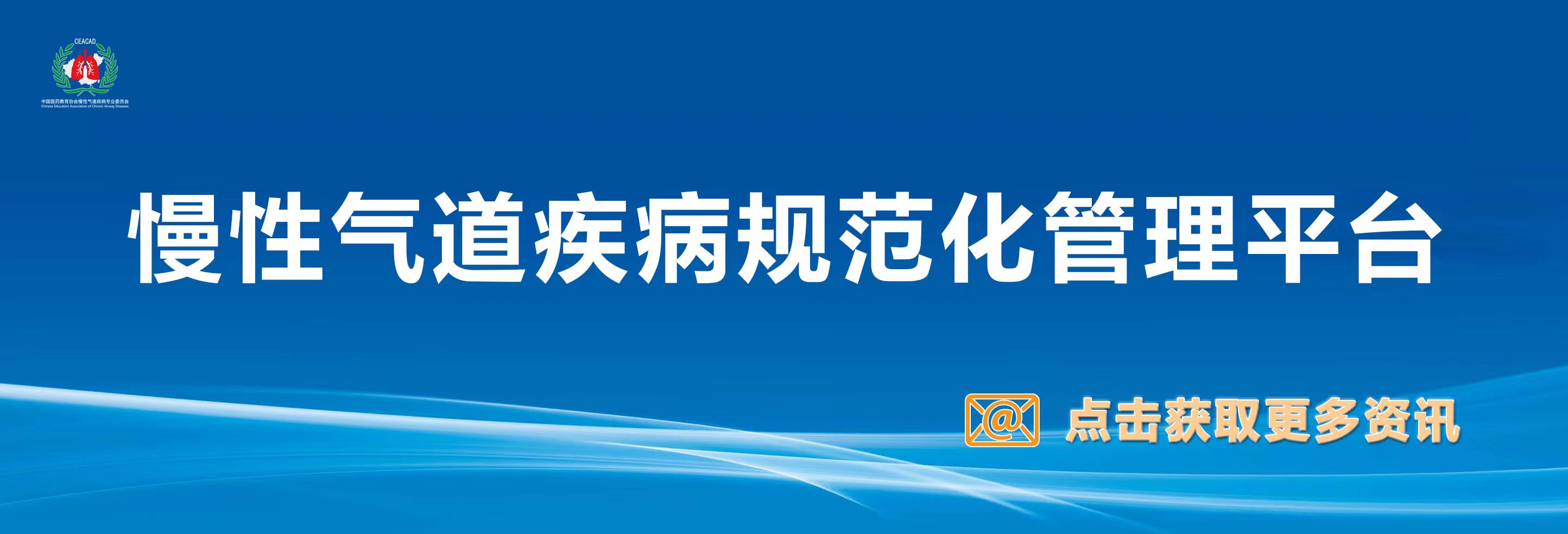一种新的环烯醚萜苷益母草苷(益母草苷)通过抑制ova诱导的哮喘小鼠2型高细胞因子/趋化因子活性来减轻气道炎症和重塑
2022/09/20
背景:哮喘是一种慢性气道疾病,其特征是气流阻塞,与气道壁的重塑和炎症有关。目前仍急需有效的治疗方法来控制重塑和炎症。益母草苷是补肾益气汤的主要药理成分,传统上用于治疗肺部疾病。然而,益母草苷对哮喘的药理作用尚未见报道。
目的:本研究旨在探讨益母草苷是否具有逆转哮喘气道重塑和炎症的治疗效果,并揭示其潜在机制。
方法:采用卵清蛋白(OVA)暴露8周建立慢性哮喘小鼠模型。检查呼吸力学、肺组织病理学和哮喘相关细胞因子。用RNA测序分析肺组织的转录谱变化。
结果:与哮喘小鼠相比,口服益母草苷(15 mg/kg或30 mg/kg)后小鼠气道高反应性较低。在支气管肺泡灌洗液(BALF)中,益母草苷显著降低支气管和血管周围炎症细胞的积累、白细胞数量和2型炎症介质(OVA特异性IgE、IL-4、IL-5和IL-13)的丰度,从而抑制气道炎症。另一方面,与只使用OVA干预的小鼠相比,在肺组织病理学中,益母草苷减缓了主动重塑过程,表现为较弱的杯状细胞化生和上皮下纤维化,并降低了血清和BALF中的转化生长因子TGF-β1水平。此外,我们还发现OVA暴露和益母草苷处理后小鼠肺组织的转录谱改变。在益母草苷靶转录物中,属于2型细胞因子/趋化因子活性的基因集非常突出。哮喘小鼠中上调(Bmp10、Ccl12、Ccl22、Ccl8、Ccl9、Cxcl15、Il13、Il33、Tnfrsf9、Il31ra、Il5ra、Il13ra2和Ccl24)或下调(Acvr1c和Il18)的基因均被益母草苷治疗逆转。
结论:我们的研究结果首次揭示了益母草苷对实验性慢性哮喘的治疗效果,并暗示其抗炎和抗纤维化特性可能是通过调节2型高细胞因子/趋化因子反应介导的。
(Phytomedicine, 2022, 105. doi: ARTN 15434510.1016/j.alit.2022.02.010)
A novel iridoid glycoside leonuride (ajugol) attenuates airway inflammation and remodeling through inhibiting type-2 high cytokine/chemokine activity in OVA-induced asthmatic mice
Yi L, Zhou YL, Song JR, et al.
Abstract
BACKGROUND:Asthma is a chronic airway disorder with a hallmark feature of airflow obstruction that associated with the remodeling and inflammation in the airway wall. Effective therapy for controlling both remodeling and inflammation is still urgently needed. Leonuride is the main pharmacological component identified from Bu-hen-Yi-Qi-Tang (BSYQT) which has been traditionally used in treatment of lung diseases. However, no pharmacological effects of leonuride in asthma were reported.
OBJECTIVE:Here we aimed to investigated whether leonuride provided a therapeutic efficacy in reversing asthma airway remodeling and inflammation and uncover the underlying mechanisms.
METHODS:Mouse models of chronic asthma were developed with ovalbumin (OVA) exposure for 8 weeks. Respiratory mechanics, lung histopathology and asthma-related cytokines were examined. Lung tissues were analyzed using RNA sequencing to reveal the transcriptional profiling changes.
RESULTS:After oral administration with leonuride (15 mg/kg or 30 mg/kg), mice exhibited a lower airway hyperresponsiveness in comparison to asthmatic mice. Leonuride suppressed airway inflammation evidenced by the significant reductions in accumulation of inflammatory cells around bronchi and vessels, leukocyte population counts and the abundance of type 2 inflammatory mediators (OVA specific IgE, IL-4, IL-5 and IL-13) in bronchoalveolar lavage fluid (BALF). On the other hand, leonuride slowed down the process of active remodeling as demonstrated by weaker goblet cell metaplasia and subepithelial fibrosis in lung histopathology and lower transforming growth factor (TGF)-β1 levels in serum and BALF in comparison to mice treated with OVA only. Furthermore, we uncovered transcriptional profiling alternations in lung tissue of mice after OVA exposure and leonuride treatment. Gene sets belonging to type-2 cytokine/chemokine activity stood out in leonuride target transcripts. Those upregulated (Bmp10, Ccl12, Ccl22, Ccl8, Ccl9, Cxcl15, Il13, Il33, Tnfrsf9, Il31ra, Il5ra, Il13ra2 and Ccl24) or downregulated (Acvr1c and Il18) genes in asthmatic mice, were all reversely regulated by leonuride treatment.
CONCLUSIONS: Our results revealed the therapeutic efficacy of leonuride in experimental chronic asthma for the first time, and implied that its anti-inflammatory and antifibrotic properties might be mediated by regulation of type 2 high cytokine/chemokines responses.
上一篇:
青少年和老年妇女的气道炎症:慢性空气污染暴露和多基因易感性
下一篇:
IL-37在慢性哮喘中通过IL-24信号通路逆转支气管上皮-间质转化防止气道重塑









